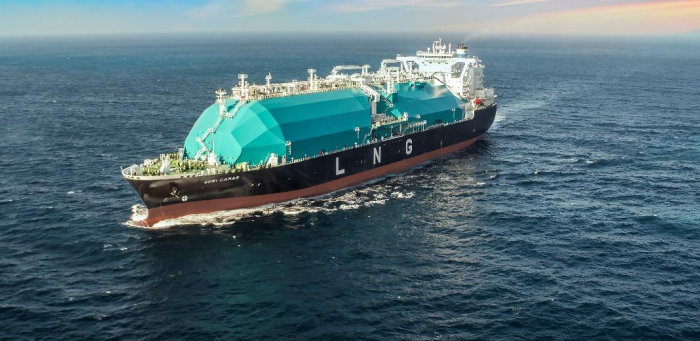Bureau Veritas issued new FSU notations and guidelines for the conversion of existing LNG carriers to FSRUs/FSUs. The new notations and guidelines aim to support the construction and operation of both FSRUs and FSUs.
As the interest in FSRUs and FSUs is growing, along with the operational flexibility of floating gas terminals, converting existing LNG carriers offers a fast route to operational availability.
[smlsubform prepend=”GET THE SAFETY4SEA IN YOUR INBOX!” showname=false emailtxt=”” emailholder=”Enter your email address” showsubmit=true submittxt=”Submit” jsthanks=false thankyou=”Thank you for subscribing to our mailing list”]
As Bureau Veritas informed, there are more than 20 LNG carriers currently in laid-up condition. Many of them are candidates for conversion to floating terminal applications, such as FSRU or FSU operations.
The new conversion guidelines provide clear advice to the LNG industry on how to address these issues that either will or may arise during the conversion of LNG carriers into FSRUs or FSUs, helping shipowners to either avoid or to overcome potential problems.
Namely, the notation FSU – LNG provides the specific classification requirements including structure and safety aspects for floating units dedicated to store LNG that are neither designed nor built to transport LNG.
The notation Liquefied Gas Carrier – FSU provides specific classification requirements including structure and safety aspects for floating units dedicated to store LNG that are also designed and built to transport LNG.
While, the guidelines LNG Carrier Conversion to FSRU or FSU address the requirements for conversion of existing LNG carriers to either floating LNG gas storage units fitted with a regasification plant (FSRUs) or floating LNG gas storage units (FSUs).



































































